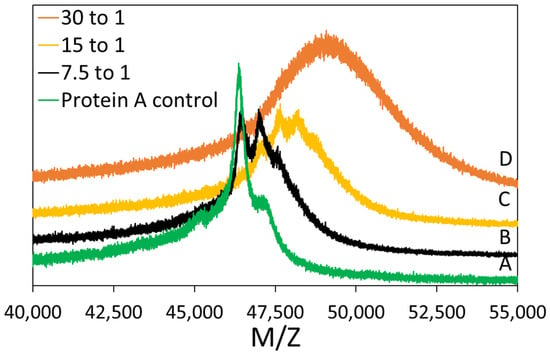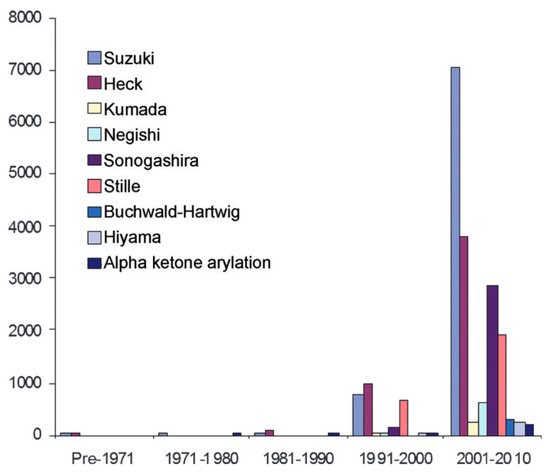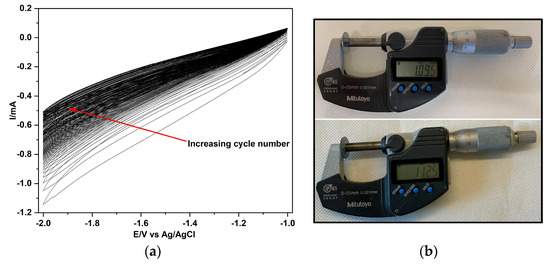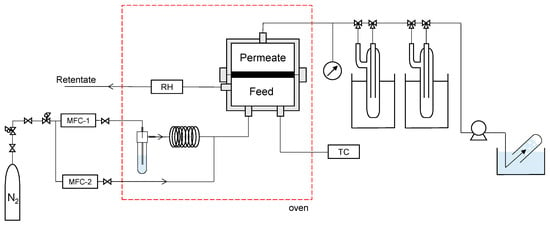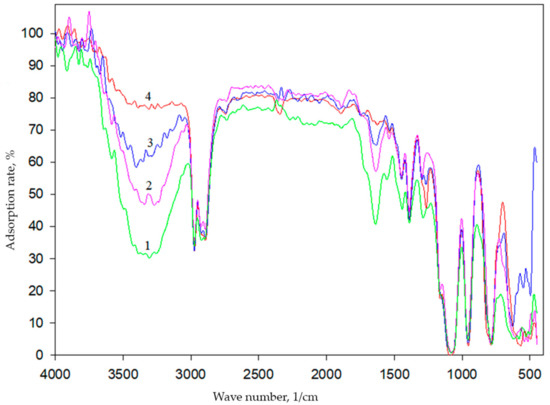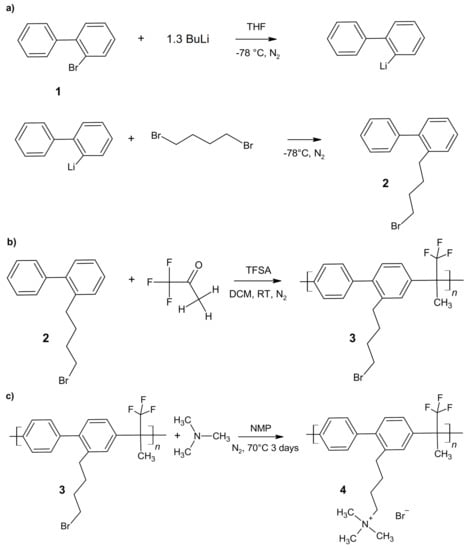Feature Papers in Membrane Chemistry
A topical collection in Membranes (ISSN 2077-0375). This collection belongs to the section "Membrane Chemistry".
Viewed by 9870Editors
Interests: polymeric membranes; sustainable membrane preparation; bio-polymeric membranes; flat membranes; hollow-fibers; nano fibers; membrane preparation; membrane characterization; pervaporation; antifouling coatings; self-cleaning membranes; ultra-micro filtration
Special Issues, Collections and Topics in MDPI journals
Interests: solid state ionics; electrochemical energy technologies; ion-conducting polymers; ionomer membranes; nanostructured materials
Special Issues, Collections and Topics in MDPI journals
Topical Collection Information
Dear Colleagues,
Membranes is also open to submission (research articles, short communications, and review articles) on fundamental principles and applications related to membrane chemistry. This Topical Collection targets the rapid publication of manuscripts related to all essential aspects of membrane chemistry, including the synthesis of novel membrane materials, membrane characterization using advanced analytical techniques, and new emerging separation processes, as well as various theoretical approaches toward the description of membrane transport and separation. The topics include (but are not limited to):
Membrane synthesis (e.g., polymeric, ceramic, mixed matrix, nanostructured, etc.);
- Advances in membrane chemistry;
- Membrane formation mechanisms;
- Synthesis–structure–property relationships;
- Inorganic and organic chemistry;
- Physical chemistry;
- Materials science;
- Polymer science;
- Nanoscience and nanotechnology.
Dr. Alberto Figoli
Prof. Dr. Philippe Knauth
Collection Editors
Manuscript Submission Information
Manuscripts should be submitted online at www.mdpi.com by registering and logging in to this website. Once you are registered, click here to go to the submission form. Manuscripts can be submitted until the deadline. All submissions that pass pre-check are peer-reviewed. Accepted papers will be published continuously in the journal (as soon as accepted) and will be listed together on the collection website. Research articles, review articles as well as short communications are invited. For planned papers, a title and short abstract (about 100 words) can be sent to the Editorial Office for announcement on this website.
Submitted manuscripts should not have been published previously, nor be under consideration for publication elsewhere (except conference proceedings papers). All manuscripts are thoroughly refereed through a single-blind peer-review process. A guide for authors and other relevant information for submission of manuscripts is available on the Instructions for Authors page. Membranes is an international peer-reviewed open access monthly journal published by MDPI.
Please visit the Instructions for Authors page before submitting a manuscript. The Article Processing Charge (APC) for publication in this open access journal is 2700 CHF (Swiss Francs). Submitted papers should be well formatted and use good English. Authors may use MDPI's English editing service prior to publication or during author revisions.
Keywords
- membrane preparation and modification
- membrane functionalization
- membrane structure and function
- mixed matrix membranes
- composites
- nanoassembly
- nanomaterials
- organic synthesis
- sol–gel chemistry
- biochemistry and molecular biology







